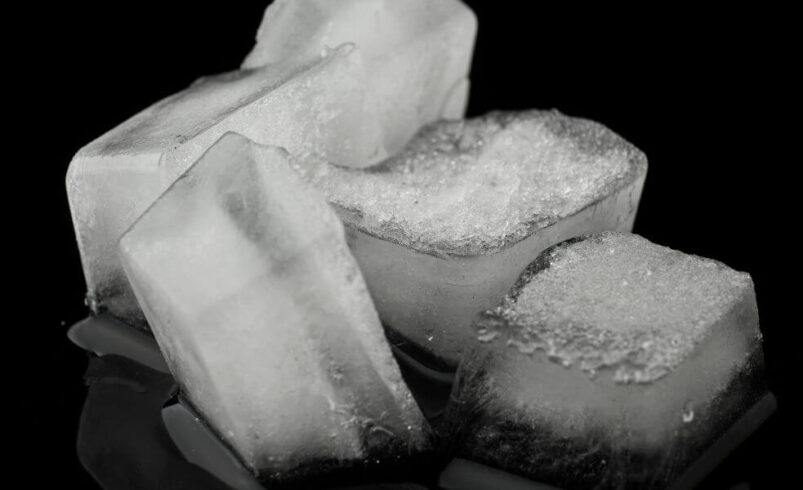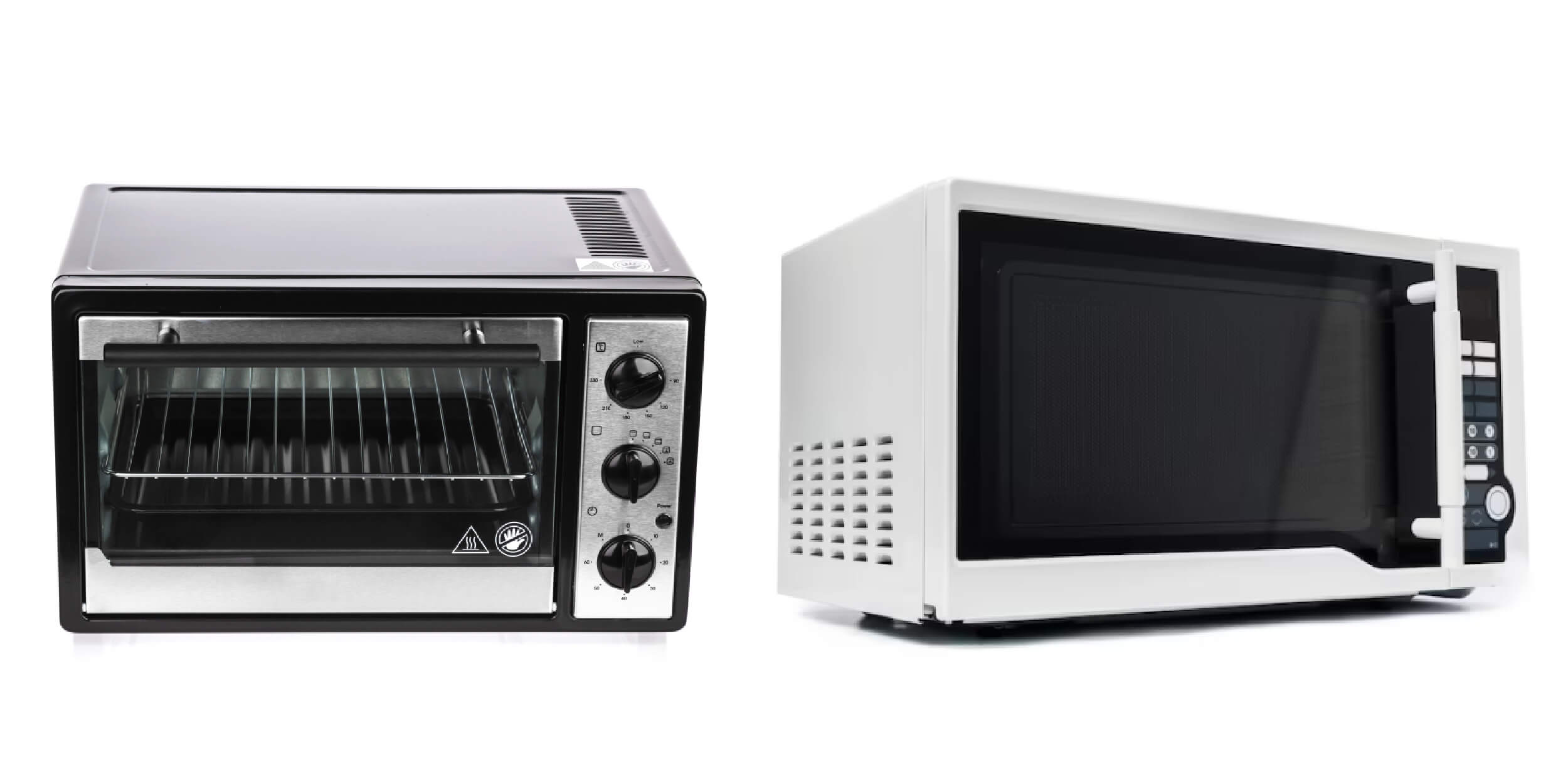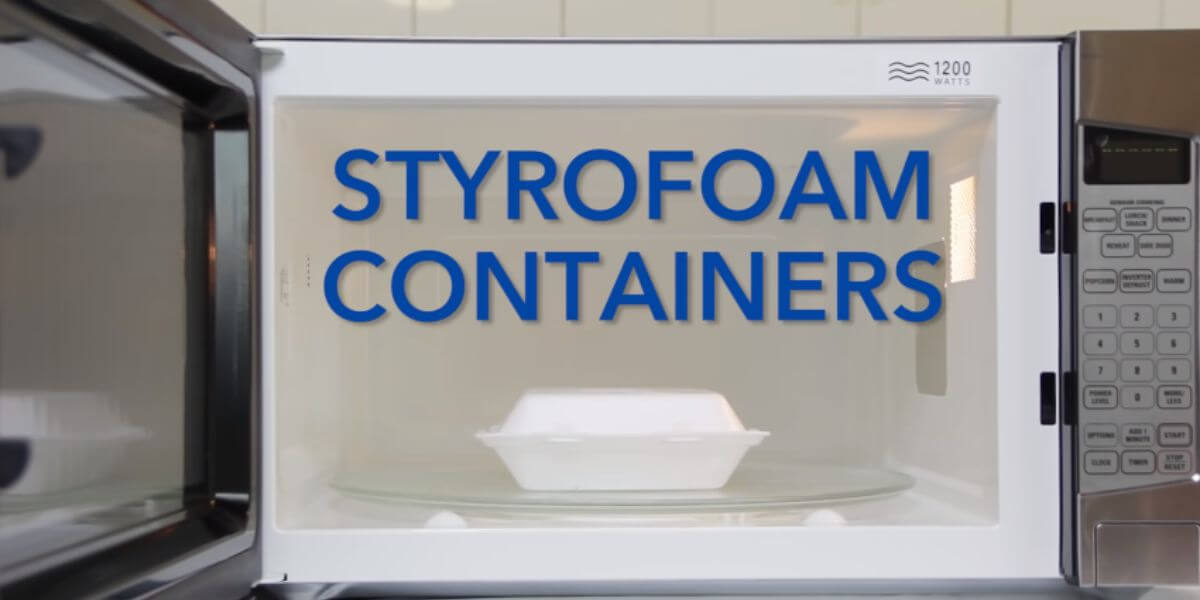Ice in Deep Fryer: What You Need to Know

Understanding the dos and don’ts of deep frying can help you have a safe and delicious cooking experience. One question often arises is whether putting ice in a deep fryer is safe. This blog post will adequately explain this topic and shed light on the potential risks and considerations associated with using ice in a deep fryer.
Understanding Deep Frying
The Basics of Deep Frying
When cooked using the deep-frying technique, food is submerged in hot oil, producing a crispy, delicious surface while keeping moisture inside. It requires a deep fryer, a large pot filled with oil, and a heat source.
Common Ingredients Used
Deep frying is commonly used for various foods, including french fries, chicken wings, fish, and vegetables. The fried food type will determine the optimal cooking temperature and the duration required for a golden and evenly cooked result.
Temperature and Oil Selection
Achieving the right temperature is crucial for successful deep frying. Most recipes specify the recommended oil temperature, typically 350 to 375 degrees Fahrenheit (175 to 190 degrees Celsius). Different oils have varying smoke points, so it’s essential to choose an oil with a high smoke point to avoid burning and the development of off-flavors.
Ice in Deep Fryer: Myth vs. Reality

The Myth: Adding Ice to a Deep Fryer is Safe
There is a common misconception that adding ice to a deep fryer can be useful for managing oil temperature or reducing oil splatter. However, this is a dangerous myth that can lead to severe accidents in the kitchen.
The Reality: Risks and Dangers
Putting ice in a deep fryer poses several risks and dangers. When ice comes into reach with hot oil, it melts and becomes steam. This sudden steam release can cause the lubricant to splatter, resulting in potential burns and injuries. Moreover, the steam can condense and mix with the oil, leading to an overflow that can cause a fire hazard.
Risks and Dangers of Putting Ice in a Deep Fryer
Splattering and Oil Overflow
When ice is introduced to hot oil, the temperature difference causes a violent reaction, resulting in splattering. The splattering oil can reach surfaces and individuals nearby, causing burns and accidents. Additionally, the combination of hot oil and water can cause the oil to overflow from the fryer, creating a messy and dangerous situation.
Formation of Steam and Water Explosion
The rapid conversion of ice to steam in hot oil leads to a large steam volume. This sudden steam release can cause a water explosion, resulting in severe burns and damage to kitchen equipment or surroundings.
Potential Fire Hazard
When water or steam comes into contact with hot oil, it can ignite and cause a fire. Combining a flammable substance and intense heat is a recipe for disaster. Therefore, keeping water and ice away from the deep fryer is crucial to prevent fire hazards.
Alternative Ways to Enhance Deep-Fried Food
Marinating and Seasoning
Instead of relying on ice, you can enhance the flavor of your deep-fried food by marinating it before frying. Marinating allows the flavors to penetrate the food, resulting in a tastier end product. Additionally, immediately after frying, seasoning the food with spices, herbs, or salt can further elevate its taste.
Coating and Breading Techniques
You can experiment with various coating and breading techniques to achieve a crispy and golden exterior. Standard methods include using flour, breadcrumbs, cornmeal, or a combination. These coatings not only add texture but also help seal in the food’s moisture.
Temperature Control and Timing
Proper temperature control and timing are vital for achieving perfectly fried food. A cooking thermometer ensures the oil is at the recommended temperature before adding the food. Cook in small batches to maintain the oil temperature, and avoid overcrowding the fryer, as it can result in uneven cooking.
Safety Tips for Deep Frying
Using Proper Equipment
Invest in a deep fryer with safety features such as temperature control and a secure lid. If using a pot on the stovetop, ensure it is stable and deep enough to contain the oil and prevent splatter. Use a long-handled slotted spoon or tongs to handle the food safely.
Managing Oil Temperature
Maintaining the proper oil temperature is crucial for safe and tasty results. Monitor the oil’s temperature with a thermometer, and adjust the heat as necessary. Rapid fluctuations in temperature can lead to oil splatter or undercooked food.
Handling and Storage of Hot Oil
After deep frying, allow the oil to cool completely before handling or disposing. Store used oil in a heat-resistant container and discard it responsibly. Avoid pouring hot oil down the drain, as it can cause clogs and damage to the plumbing system.
Conclusion
In conclusion, putting ice in a deep fryer is risky and should be avoided. The rapid conversion of ice to steam can lead to oil splatter, overflow, and even fire hazards. Instead, focus on alternative methods to enhance your deep-fried food, such as marinating and seasoning.
Frequently Asked Questions
Can I put ice cubes directly into the deep fryer?
No, placing ice cubes directly into the deep fryer is unsafe. The sudden contact between ice and hot oil can cause dangerous splattering and potential injuries.
What happens if I add ice to hot oil?
Adding ice to hot oil can lead to a violent reaction, resulting in oil splatter, overflow, and potential fire hazards. It is important to keep water and ice away from the deep fryer.
Are there any safe alternatives to using ice in a deep fryer?
Yes, there are safe alternatives to enhance the flavor and texture of deep-fried food. You can marinate the food before frying, use various coating and breading techniques, and ensure proper temperature control and timing.
How can I prevent oil splatter when deep frying?
Avoid adding water-based substances, including ice, to the hot oil to prevent splatter. Make sure the food is dry before adding it to the fryer, and use a deep fryer with a lid or a deep pot to contain any potential splatter.
What should I do in case of a grease fire?
In case of a grease fire, do not use water to extinguish it, as it can cause the fire to spread. Instead, cover the fire with a metal lid or use a fire extinguisher specifically designed for grease fires. Turn off the heat source and seek assistance if needed.


